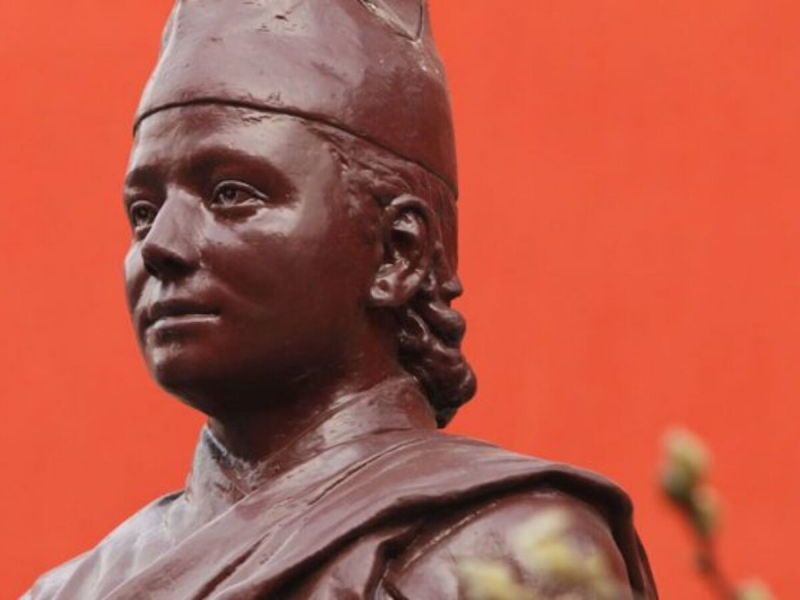Araniko
Aniko, Anige, or Araniko (1245-1306) was a key figure in Nepalese and Chinese arts, as well as artistic exchanges between the two countries. During the reign of Abhaya Malla, he was born in Kathmandu Valley, Nepal. Considered as one of the most important historical figures in Nepal, he is best known for constructing the White Stupa at Beijing's Miaoying Temple. During the reign of Jaya Bhim Dev Malla, he was assigned to a project in Tibet to build a golden stupa, where he was also initiated into monkhood. He was sent from Tibet to the court of Emperor Kublai Khan, the founder of the Yuan dynasty (1279-1368), where he introduced the trans-Himalayan artistic tradition to China. Araniko led a group of 80 artists to China and Tibet to construct a number of pagoda-style structures. He later abandoned monastic life to start a family.
In old texts, his name is variously written as Arniko or Araniko, which causes some translation confusion. Baburam Acharya mistranslated his Sanskrit name as Balabahu. Later, he claims that Aniko is the Chinese pronunciation of the Sanskrit name Aneka. It is also possible that his name is Aa Ni Ka, which means "respectable brother from Nepal."
Arniko's imperial portraits mark a turning point between Song, Yuan, and later imperial portraits. Later portraits sought to convey physiognomy rather than virtuous behavior. This approach was adopted not only in later Yuan imperial portraits, but also in Ming and Qing imperial portraits, which became increasingly frontal and rigid, and eventually more and more realistic, as European portraiture gained influence .
Gandhāra art before the Tang (618-907), Gupta art during the Tang, and Pla-Himalayan art during the Yuan were the three major waves of artistic influences from Central and South Asia in Chinese Buddhist art history. Arniko is the character who represents the third wave. The artworks from his institutions and stupas, as well as the two Yuan portraits in his hand, demonstrate this by drawing inspiration from the artistic traditions of Pla, Nepal, and China. After Mongol rule in China ended, Arniko's artistic legacy and innovation influenced Buddhist art at the Ming and Qing courts .
In recognition of his achievements, the Nepalese government issued postal stamps in his honor. The Araniko Highway in Nepal is also named after him.












